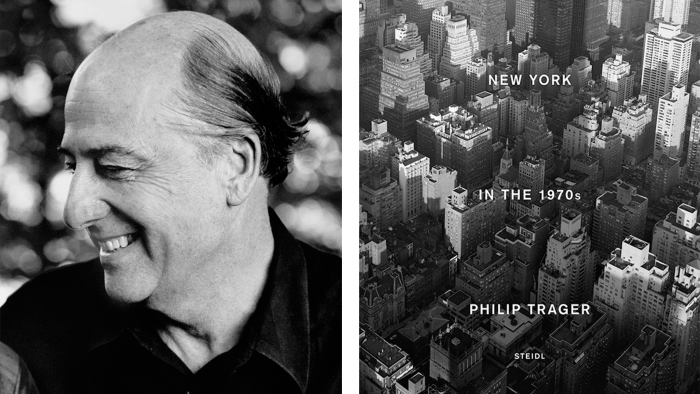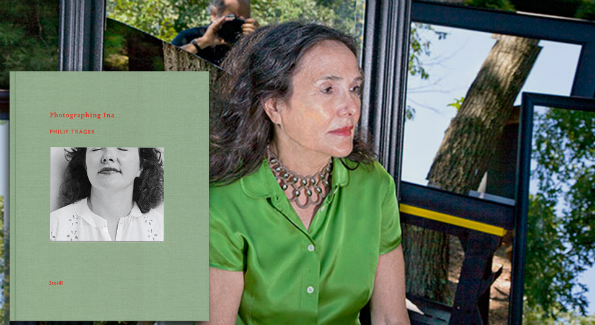The photography icon discusses innovation and inspiration.

Photo of Philip Trager by William Johnston, Book Cover Image Credit and Copyright Philip Trager
Whether he is capturing New York City skyscrapers, modern dancers or his wife, Connecticut-based fine art photographer Philip Trager majestically captures what inspires him. The Library of Congress houses the definitive collection of his work and he was recently at the Phillips Collection to debut two new art books, “New York in the 1970s” and “Photographing Ina.” Trager discusses the emotion and evolution of his 40-plus-year photography career.
Washington Life: Photographing your wife must have been an emotional experience. Are you usually as emotionally invested in your work to that extent?
Philip Trager: I’m always emotionally invested, because I approach [photography] from an emotional and visceral viewpoint. When I photographed Paris or New York, I didn’t photograph them from an historical or documentary point of view; it’s more what felt artistically correct or viscerally correct.
I like to think of a building as having a presence.
WL: You started in black and white and changed to color later, but how else did your photography change or evolve, and is there anything that remained the same?
PT: The subject matter has always changed so it presents different problems and different solutions. I photographed for many years with a viewcam on a tripod, with a large negative. It was a very deliberate way of working. For the dancers I used the camera that was more rapid. I still wanted good quality, a larger negative. For color I turned to digital, which I liked, so I plunged right in.

Book Cover Image and Photo from “Photographing Ina” Credit and Copyright Philip Trager
WL: How is photography changing?
PT: Radically – because of the computer and the digital age. People’s eyes are changing and they are getting used to …
very saturated images they see on a computer. Many students don’t even look at an original painting now, they’re looking at it on a computer and it looks different. Many people are using smartphones now; everything is reduced in size.
What’s going to be new is probably more virtual reality. Live streams from Twitter or Facebook are right on museum walls, so there are obviously radical changes. Whether that makes for better or greater art is arguable.
Some say word processors didn’t make better novels, nor did digital filming make for better films, but I do think very interesting things are happening, and things will evolve rapidly.
WL: Do you take photos with an iPhone?
PT: This may date me, but my wife and I made a deliberate decision not to have smartphones. We went to the store twice and we feel it imposes on our way of life in a way we’d rather not.
